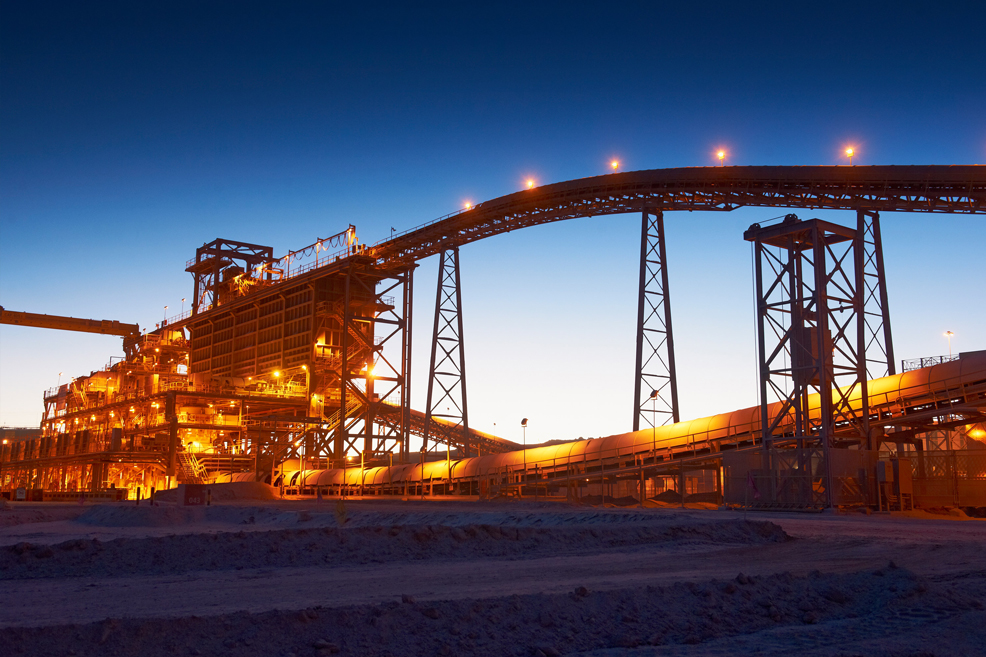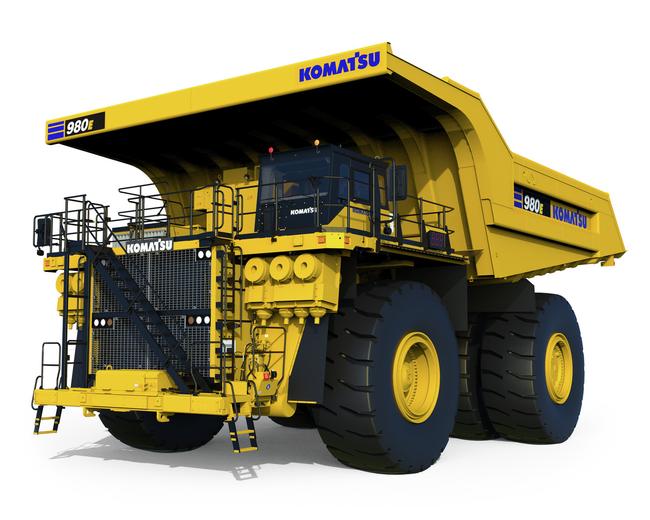Australian mining company BHP has announced that Spence, one of the world's largest copper mines, has achieved 100% autonomy for the last three months without any safety incidents.

Spence copper mine, Chile. Credit: BHP
In recent years, the use of autonomy in mining operations has become increasingly common and widespread as the industry seeks to improve efficiency, safety, and cost-effectiveness.
In 2022, for example, the number of autonomous mining trucks passed 1,000 globally, and this figure is projected to reach 1,800 by 2025. Drilling systems with autonomous capability have seen growing demand too, thanks to their enhanced precision and the ability for multiple rigs to be operated together remotely, improving both safety and productivity. Meanwhile, drones are being used for tasks such as real-time 3D mapping, equipment inspections, and safety monitoring.
Australia has by far the largest fleet of autonomous mining trucks, followed by Canada, China, and Chile, with Australian multinational BHP being the company operating the largest number of these vehicles.
BHP recently notched a major milestone for the industry. In collaboration with Japanese manufacturer Komatsu, it deployed state-of-the-art technologies at a copper mine known as Spence, in northern Chile. This large-scale project included 33 of Komatsu's 980E-5 mining trucks and five drilling rigs.

980E-5 mining truck. Credit: Komatsu
Following this technological upgrade, BHP has now completed a three-month evaluation process. It confirms that between April and July, the Spence mine successfully achieved 100% autonomy. These operations, which moved 80 million tons of material, occurred with zero incidents.
"This is the largest autonomy fleet operating in Latin America and is among the largest in copper production," said Carlos Soto, vice president of the Komatsu Cummins Group. "Today, the challenge is to continue collaborating with our teams and experience to not only maintain this operation with high standards of efficiency and safety, but to make it a benchmark for the entire mining industry worldwide."
"This process was a challenge that began in a context where there was no confidence that we would be able to achieve the autonomy of our trucks," said BHP's Pampa Norte president, Cristian Sandoval. "On this path we had several relevant milestones – such as the high level of labour reconversion, the full incorporation of women, more than 500 trained workers and excellent safety management. Today, Spence exhibits very positive results and can continue to take decisive steps to position our leadership in autonomy at a global level."
This announcement follows a $2.5 billion expansion of the mine, including a new concentrator plant to boost production by 200,000 tonnes of copper a year and extend the life of the deposit by 50 years.
In addition to Spence, BHP has joint ownership (with Rio Tinto) of the Minera Escondida copper mine further south. BHP hopes that data analysis from its operations at Spence could help in bringing full autonomy to Escondida and potentially many other sites around the world.
By FutureTimeLine









